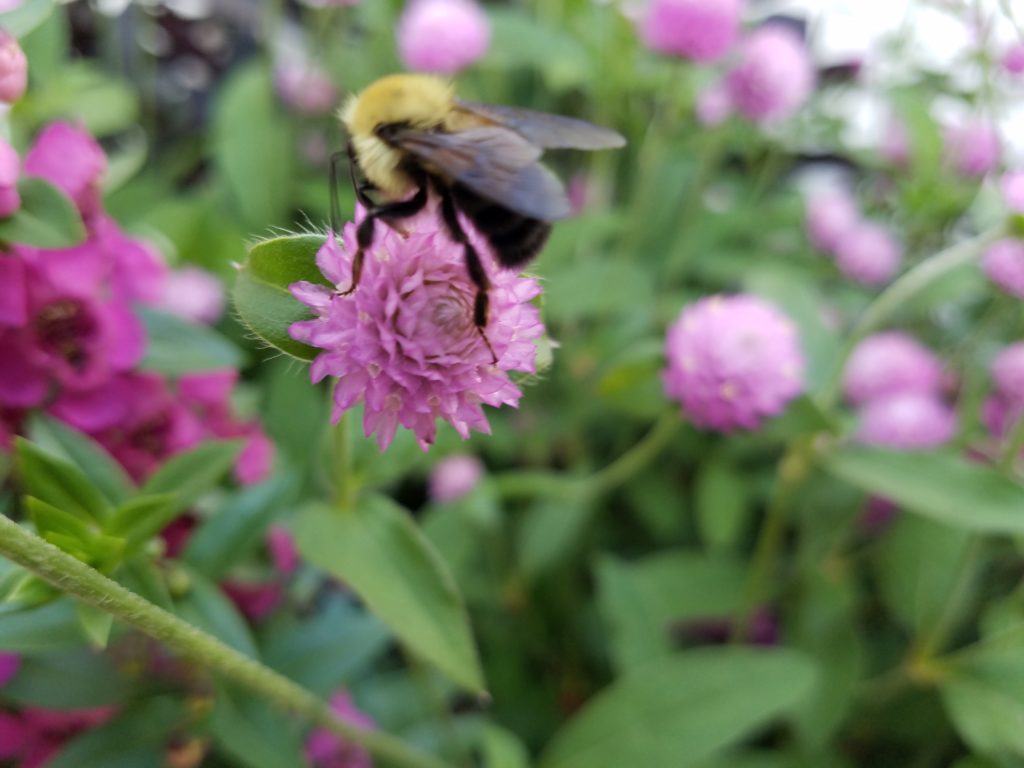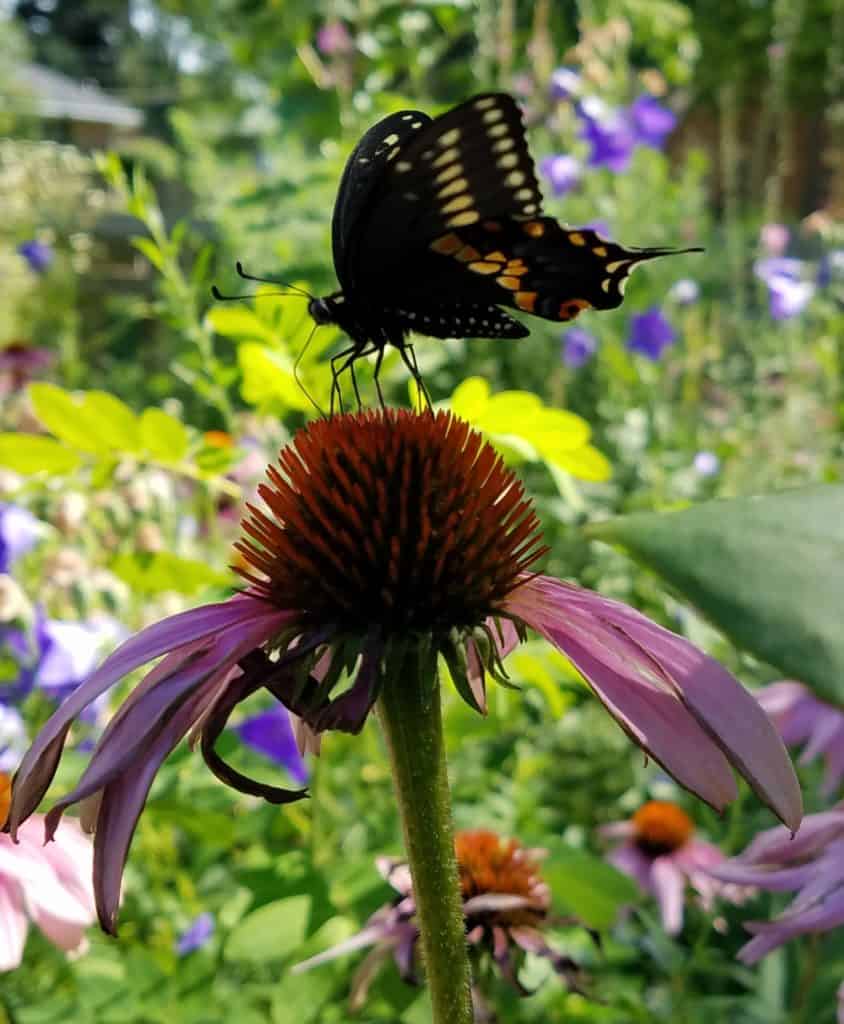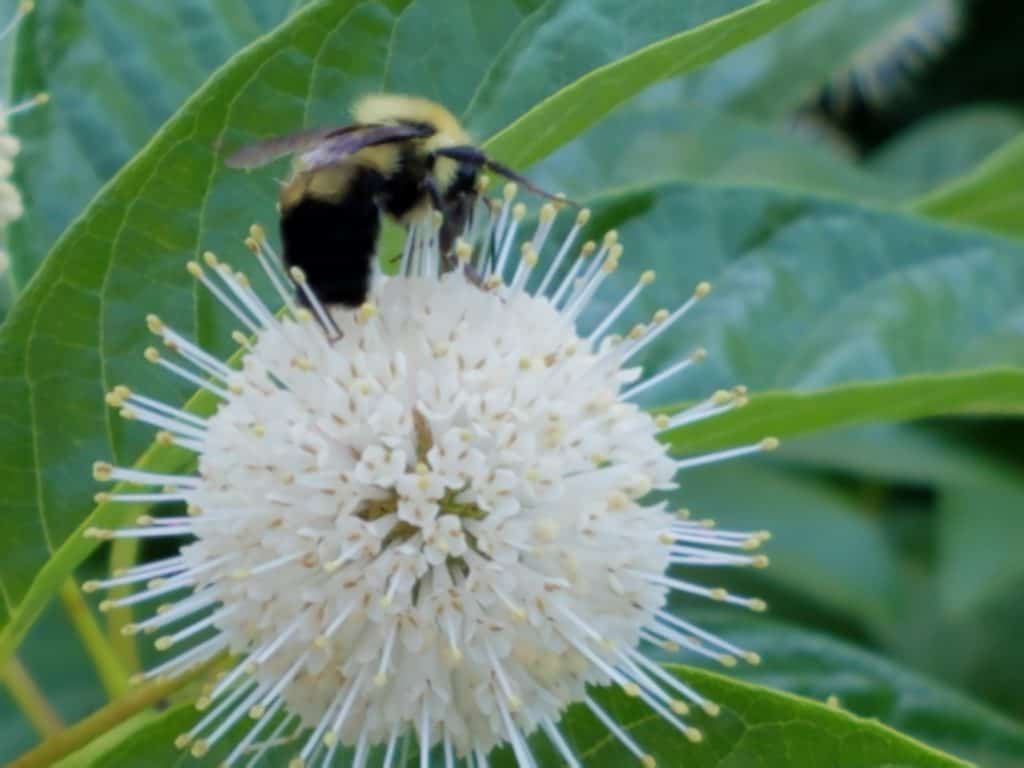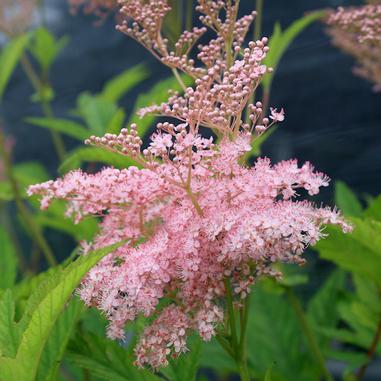Like a thousand tiny lanterns flickering here and there amongst the fading light, the Fireflies made a rousing return to the evening landscape. Their debut seemed celebratory, and we were a captive audience. As the night sky deepened and darkened, their numbers seemed to multiply, not to be outdone by the star studded sky.

Nothing conveys the season like the sight of Fireflies or Lightning Bugs, as we are apt to call them, and our recent bouts of rain have attracted them to our yards and gardens. Friday is the official first day of Summer, and this week we also celebrate National Pollinator Week, which is now in its 12th year. It’s a wonderful time to revisit the importance of pollinators and how best to support them.

Pollinators include birds, bees, butterflies, bats and some moths and wasps. In addition to offering a diverse pallet of pollinator-friendly plants, including native species, that provide continual blooms from Spring to Fall, it’s also important to employ garden management tactics that help support them:
- Consider adding “host” plants, which pollinators will use to lay and feed their young. Check out specific plants for specific hosts. Generally speaking, native plants are the best option for a myriad of reasons and support some 225 different variety of native bees.
- If possible, eliminate the use of pesticides and be willing to accept some insect damage to some plants. If pesticides must be used, look to less toxic varieties, and use in the evening when pollinators are less active.
- Leave bare patches of earth where ground nesting bees can shelter.
- Add non-flowering plants and grasses that provide nesting and overwintering habitats.
- If possible, leave downed logs, stems and leaf litter for additional nesting and overwintering habitats. Additionally, consider not cutting back your perennials in Fall for the same reasons.
- Provide fresh water and replenish daily to prevent water from becoming a breeding ground for mosquitoes.

I realize the above management practices may not be terribly realistic for all home gardeners, so keep in mind creating and maintaining balance between beauty, sanity and the support of pollinators and wildlife should be the goal, and is absolutely attainable! Feel free to reach out to Sweeney’s for more information on creating and maintaining a pollinator-friendly landscape.
Plant of the Week

Queen of the Prairie
Large, fragrant, cotton-candy pink plumes bloom atop stems from early to mid Summer. Prefers sun to partial shade and moist soil. Grows 6-8′ tall and 3-4′ wide. Attracts pollinators.
“The hum of bees is the voice of the garden.”
– Elizabeth Lawrence
Best wishes,
Kim Sweeney
